Soil suitable for succulents
Last Update :2024.11.14
Article Catalog
Soil preparation demonstration
For succulent planting, fertile garden soil, leaf mold soil, culture soil, peat soil, coarse sand, moss, vermiculite and perlite can be used. There are many soil formulas. For general plants, use 1 part each of fertile garden soil, peat soil, coarse sand, and perlite; for small leaves, use 2 parts leaf mold soil, 2 parts coarse sand, and 1 part chaff charcoal.

fertile garden soil
Fertile garden soil
Refers to the fertile soil in the vegetable garden or garden that has been improved, fertilized and intensively cultivated. It is a kind of fertile soil that has been removed from weed roots, gravel and insect eggs, and has been beaten. Crushed, sieved slightly acidic soil.
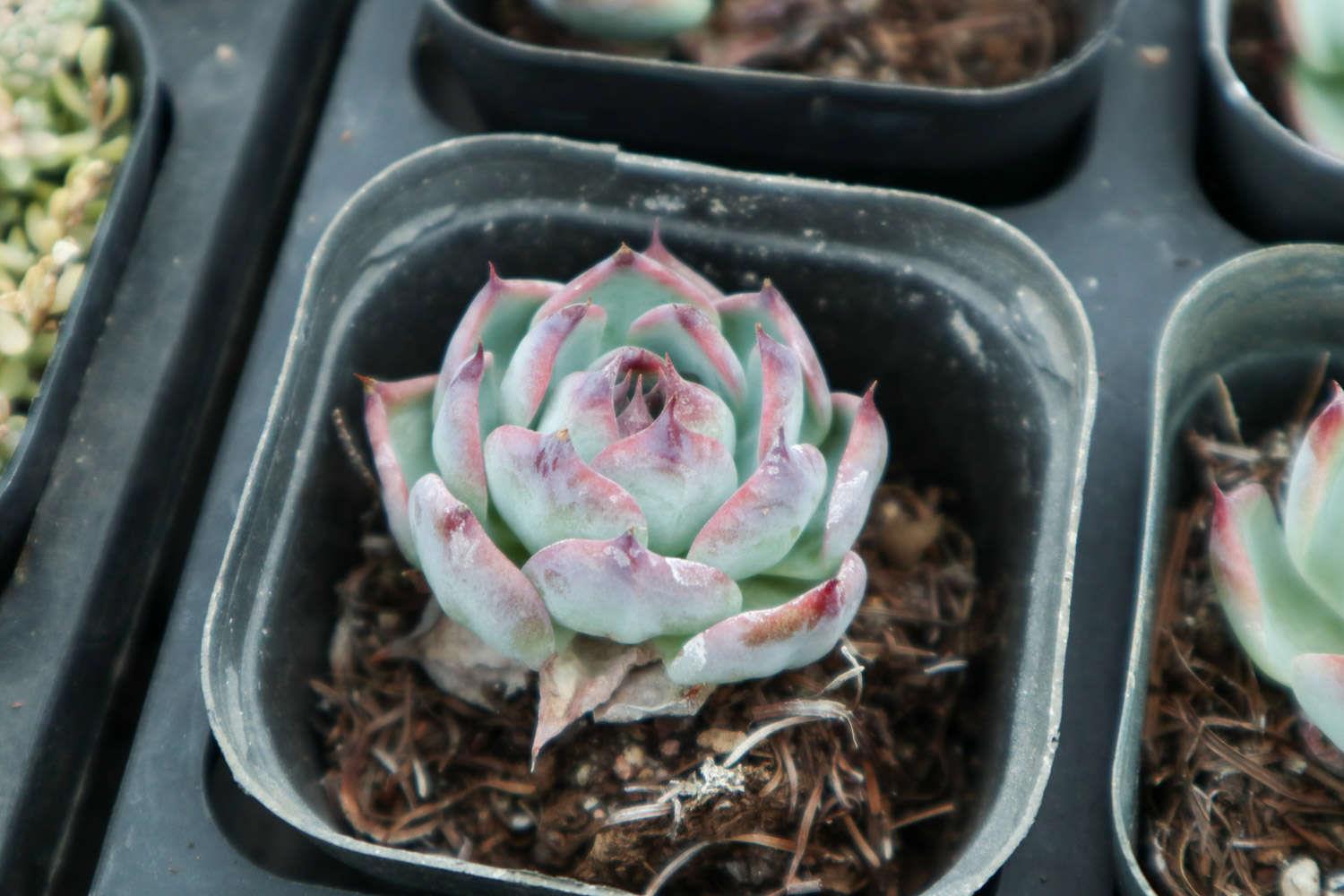
Humus leaf soil
is made of Humus soil composed of fallen leaves and rotten roots has rich humus and good physical properties, which is conducive to fertilizer conservation and drainage, and the soil quality is loose. Acidic. It can also be made by stacking fallen leaves and fermenting them.
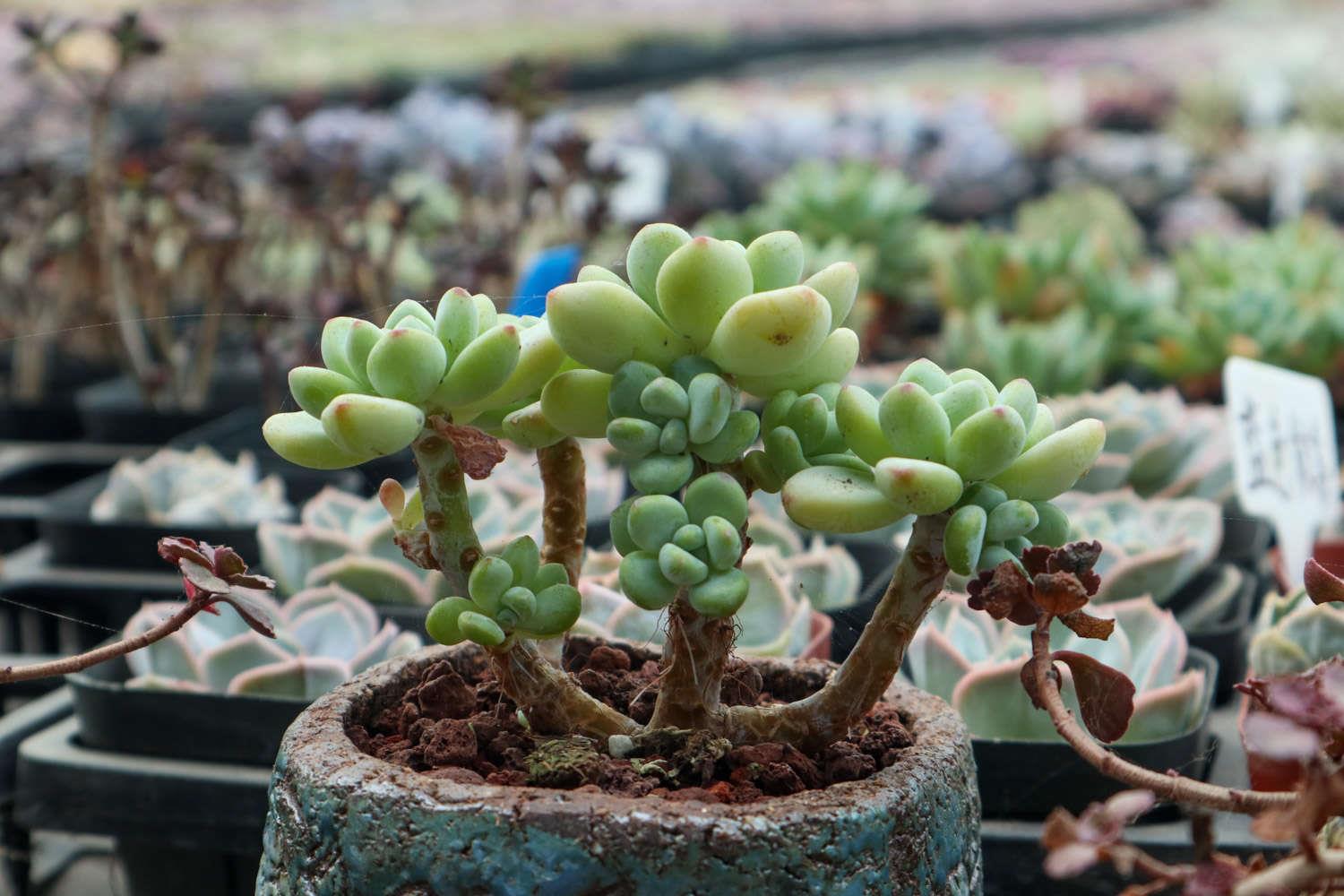
Cultivation soil
Cultivation land amount It is formed by stacking a layer of grass, dead leaves, broken branches and a layer of ordinary garden soil, pouring in decomposed cake fertilizer, allowing it to ferment and mature, and then crush and sieve it.
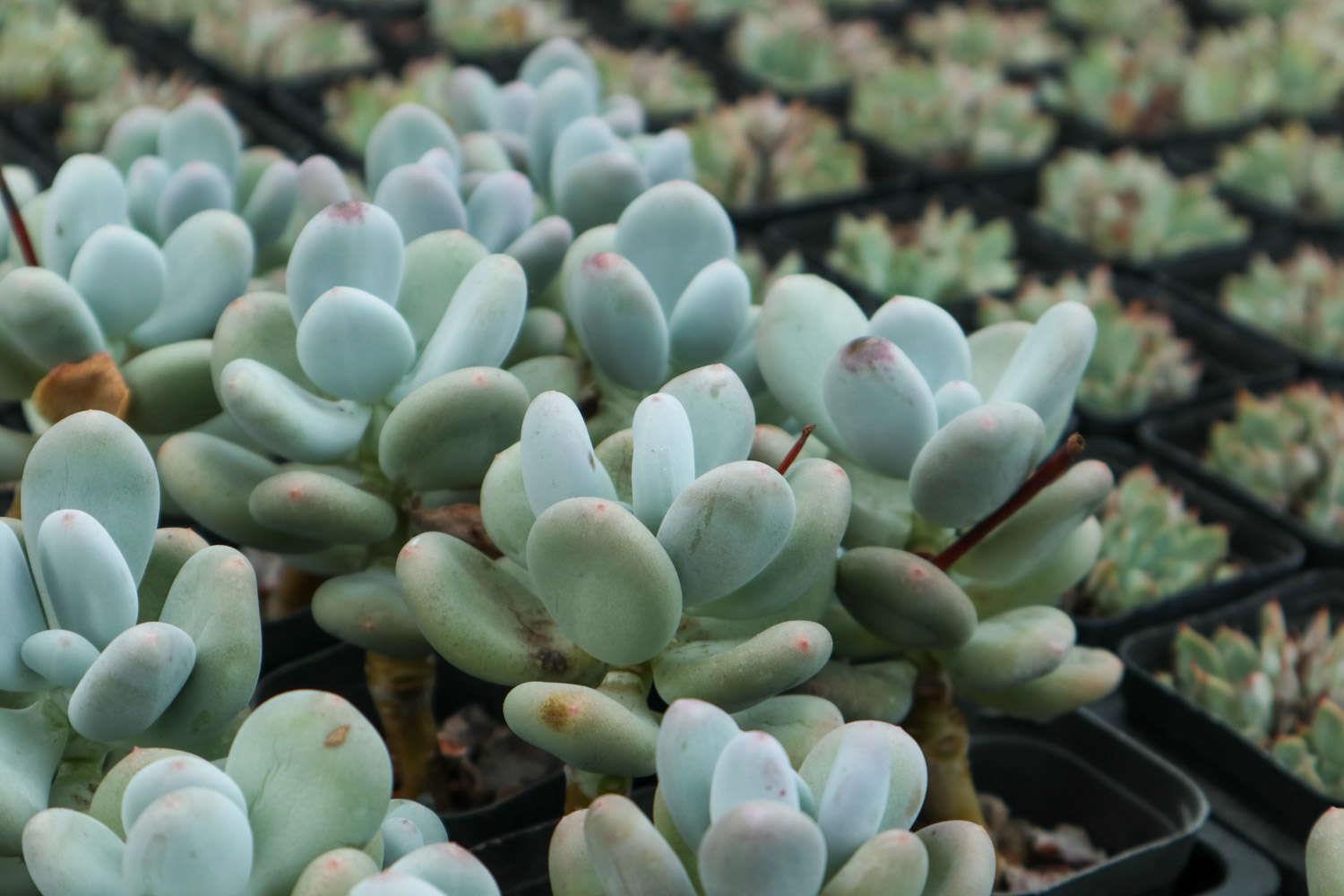
Peat soil
Ancient lake and swamp area Plants are buried underground and decompose into incomplete special organic matter under conditions of flooding and lack of air. Peat soil is rich in organic matter and is difficult to decompose.
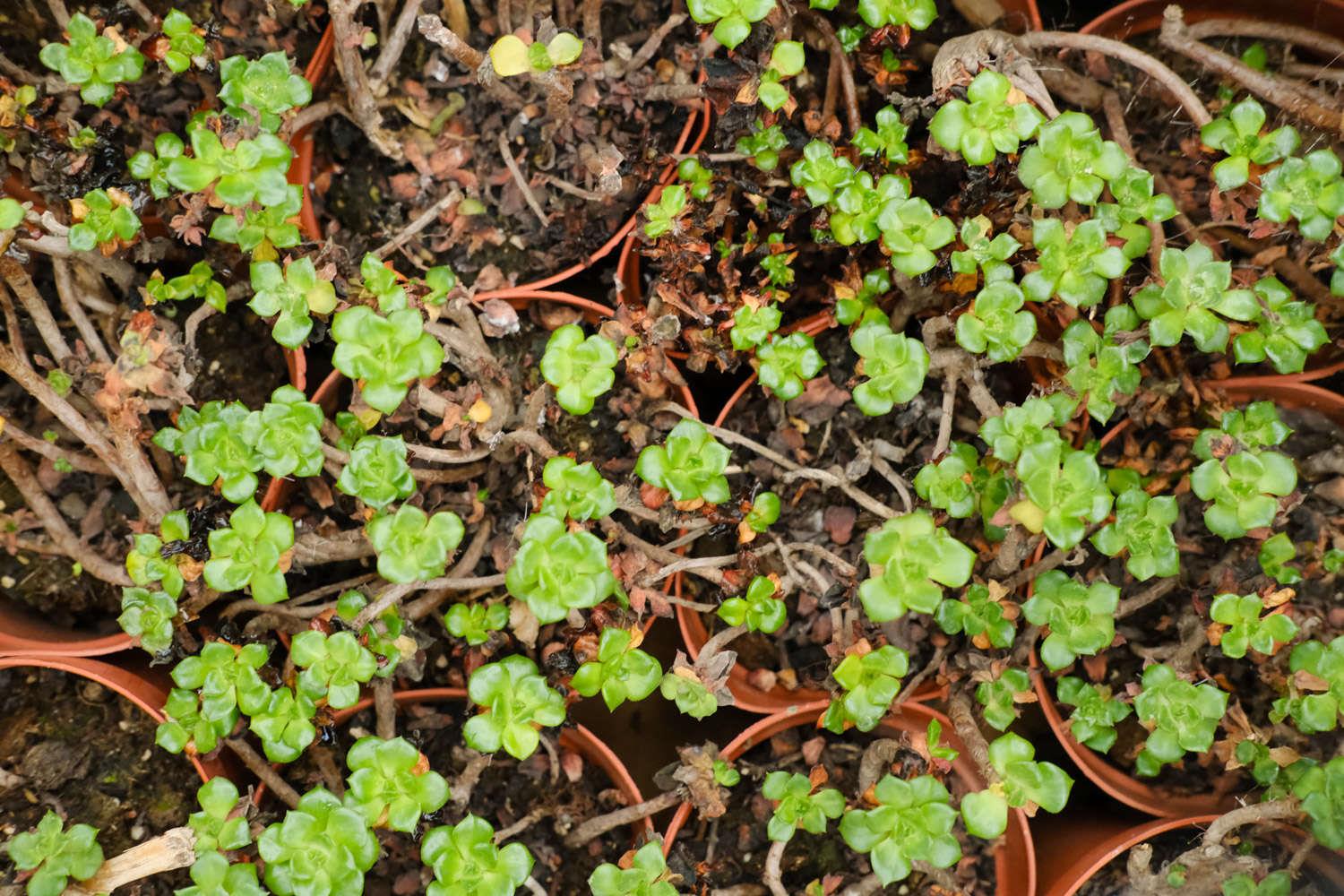
Coarse sand
Mainly diameter 2-3mm sand grains, neutral. Coarse sand does not contain any nutrients and has ventilation and water permeability.
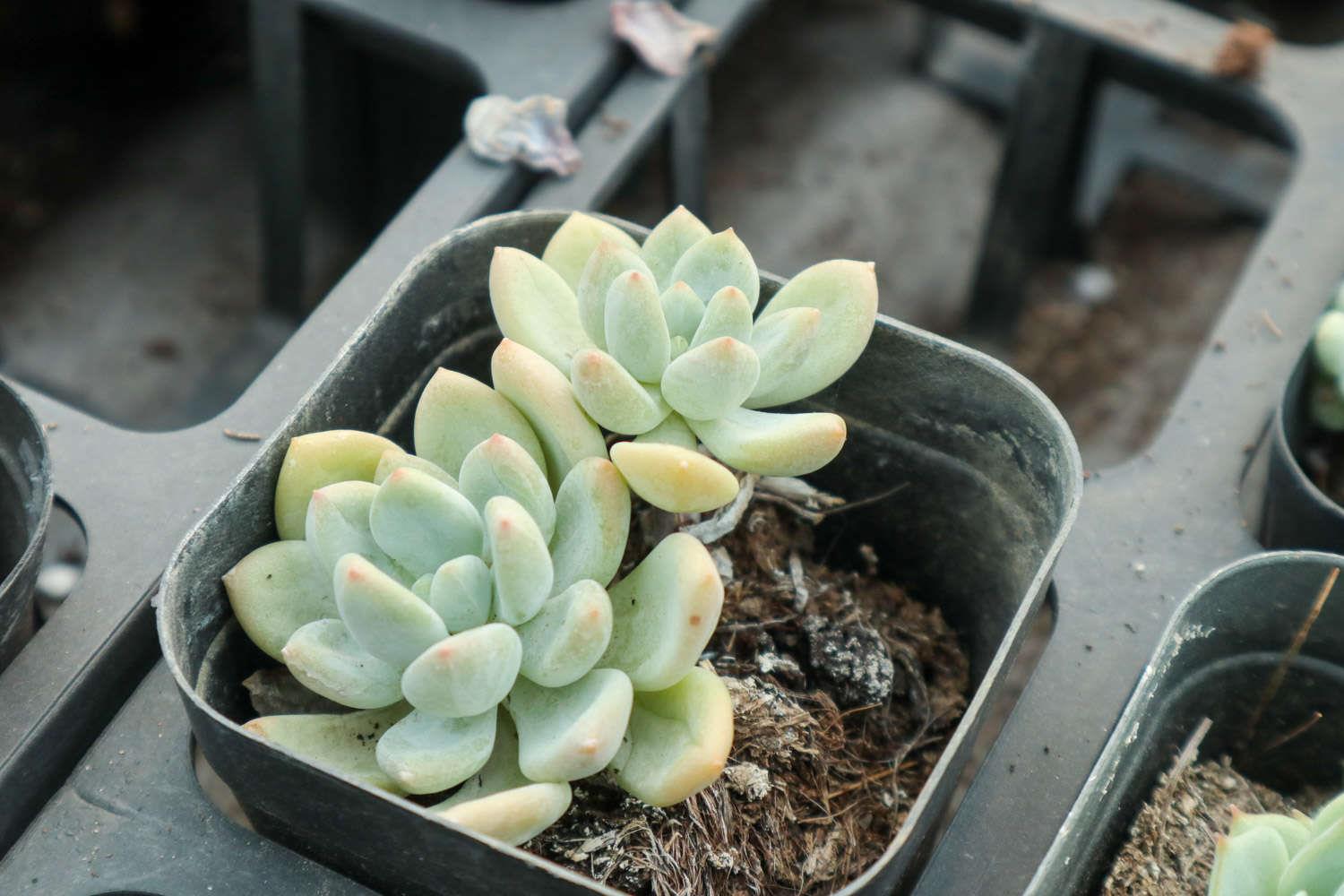
Moss
is a kind of Thick, long, and strong tensile-resistant plant-based material, which has the advantages of being loose, breathable, and highly moisturizing.
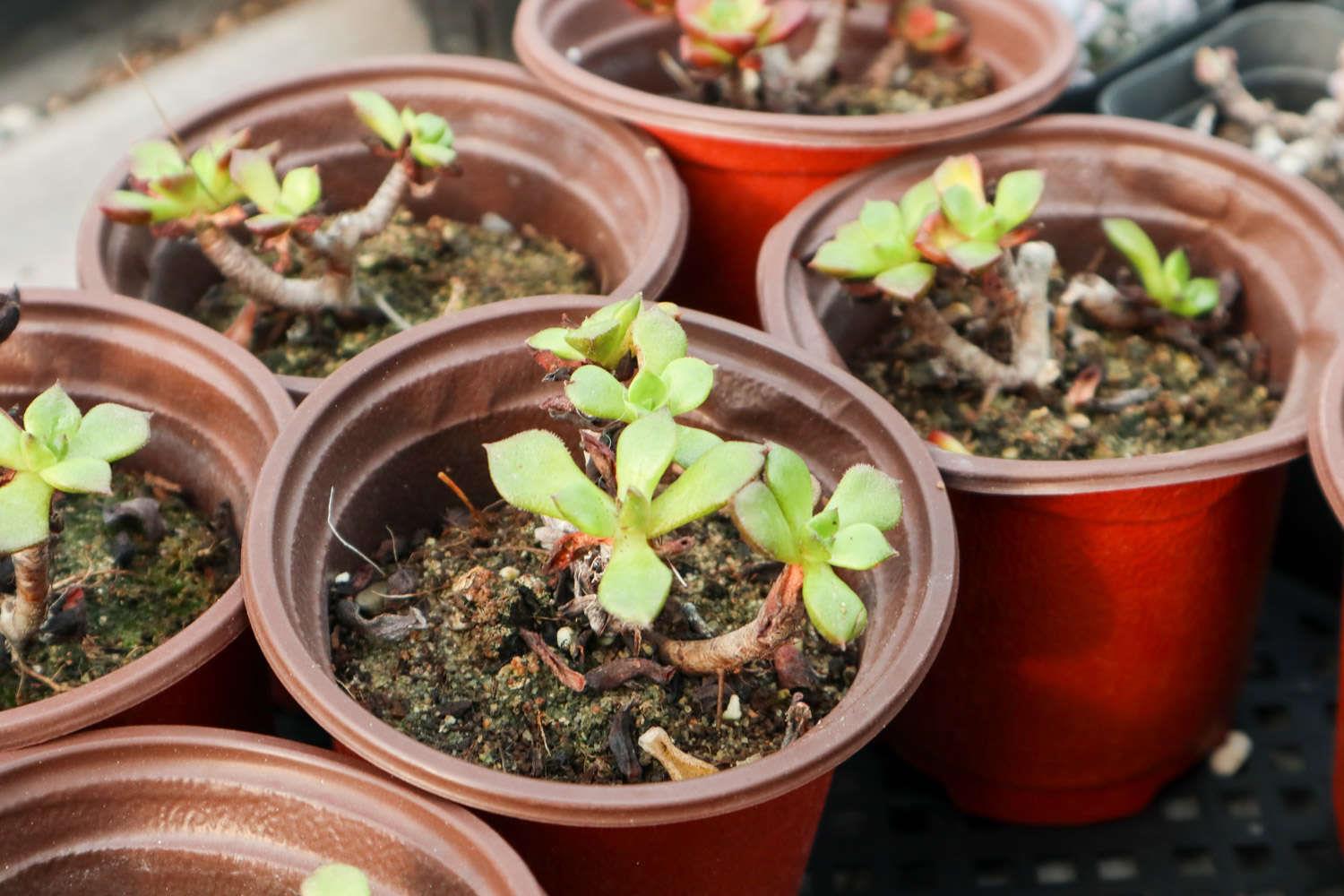
Vermiculite
is silicic acid The mica-like substance formed by heating salt materials at 800-1100°C has good ventilation, large porosity and strong water-holding capacity. However, it tends to become dense after long-term use, affecting ventilation and drainage effects.
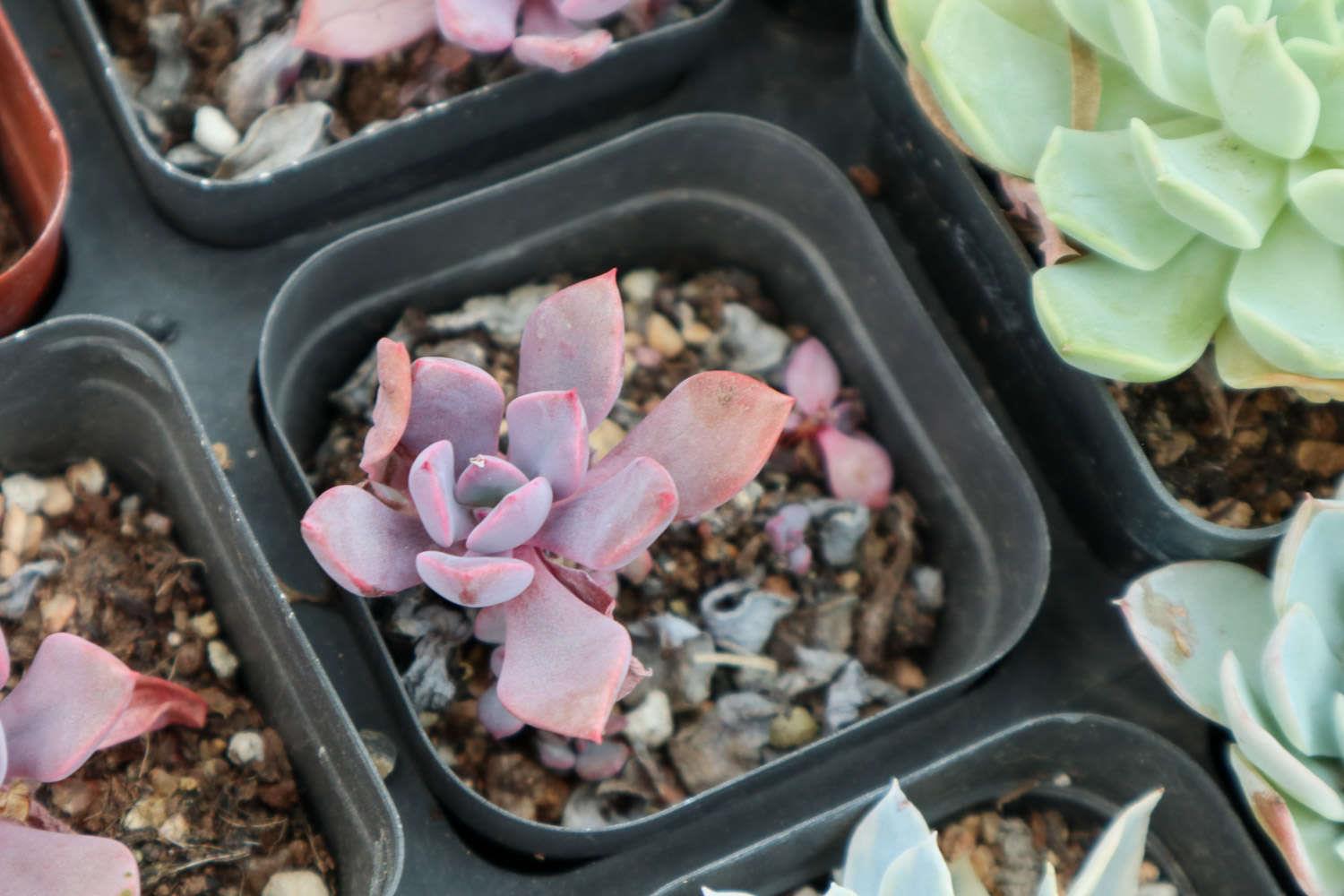
Perlite
is natural Aluminum-silicon compound is an expanded material formed by heating crushed magma rock to above 1000°C. It has a closed porous structure. The material is lightweight and has good ventilation.
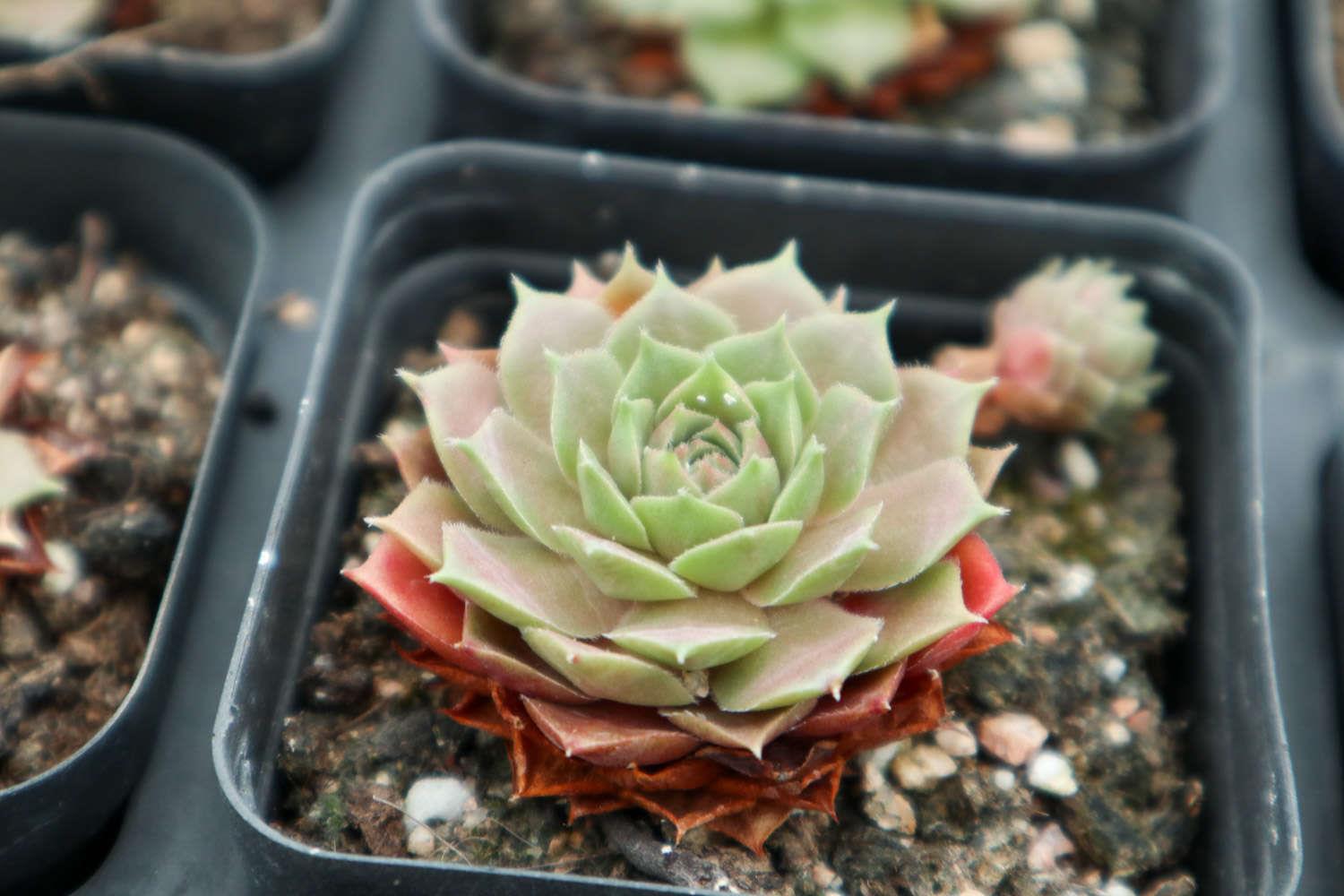
Soil formula for succulent plants
General category: 1 part each of fertile garden soil, peat soil, coarse sand, and perlite.
Lithops: 1 part fine garden soil, 1 part coarse sand, 1 part coconut bran, and a little bit of rice bran ash.
Fine root shape: 6 parts peat soil, 2 parts perlite, 2 parts coarse sand.
Succulents that grow slowly and have fleshy roots: 6 parts of coarse sand, 1 part of vermiculite, 2 parts of granular soil, and 1 part of peat soil.
Euphorbiaceae: 2 parts peat soil, 1 part vermiculite, 2 parts fertile garden soil, 3 parts fine gravel.
Small leaves: 2 parts of humus soil, 2 parts of coarse sand, 1 part of chaff charcoal.
Stem shape: 2 parts of leaf humus, 2 parts of coarse sand, 1 part each of loam, chaff charcoal, and broken brick residue.
Spherical strong thorns: Use a mixture of fertile garden soil, leaf mold soil, coarse sand, a small amount of bone meal and dry cow dung.
Epiphytic cactus: Use a mixed soil of leaf humus soil or peat soil, coarse sand and a small amount of bone meal.
Column cactus: Use a mixture of culture soil, coarse sand and a small amount of bone meal.
Soil matching demonstration
General succulents
Half of the succulents like a 1:1:1:1 ratio of garden soil, peat soil, coarse sand and Perlite soil mix. This mixed soil contains a certain amount of humus and has good drainage, which is suitable for the growth requirements of most succulent plants.
Slow-growing, fleshy-rooted succulents
Slow-growing, fleshy-rooted succulents do not have high requirements for humus, but they need good aeration and drainage, so A mixture of coarse sand, vermiculite, granular soil and peat soil in a ratio of 6:1:2:1 is most suitable.
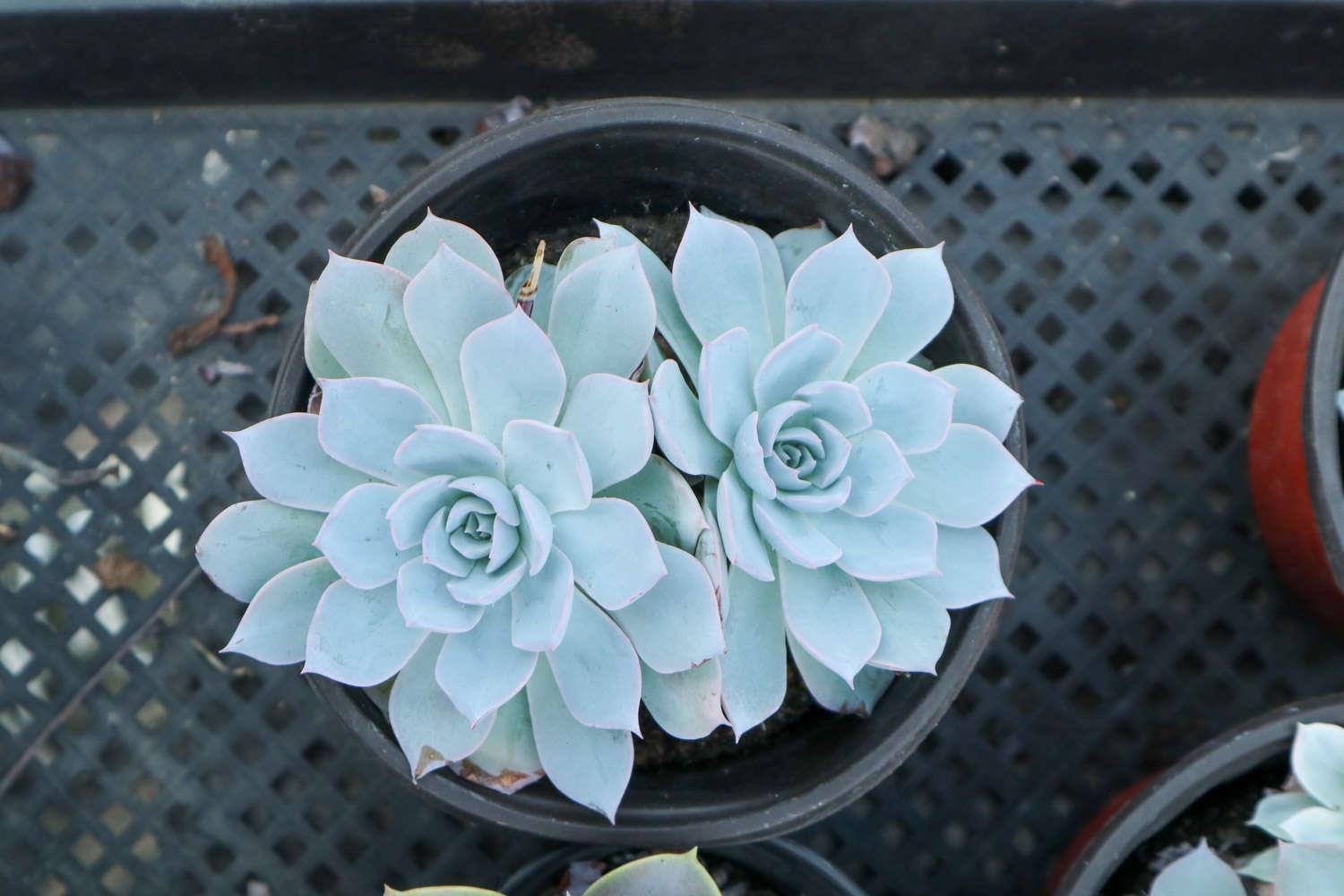
Potting soil for succulent plants generally requires loose, breathable and well-drained soil. It is best to contain an appropriate amount of humus, and neutral soil is suitable. While a few succulent plants, such as Sansevieria, Desert Rose, Senecio, Aralia, and Elephantia, need slightly alkaline soil, the Aromaceae family prefers alkaline soil. All cultivation soil needs to be strictly disinfected before use. When using, spray water on the cultivation soil, stir evenly, adjust the soil moisture and then pot it.
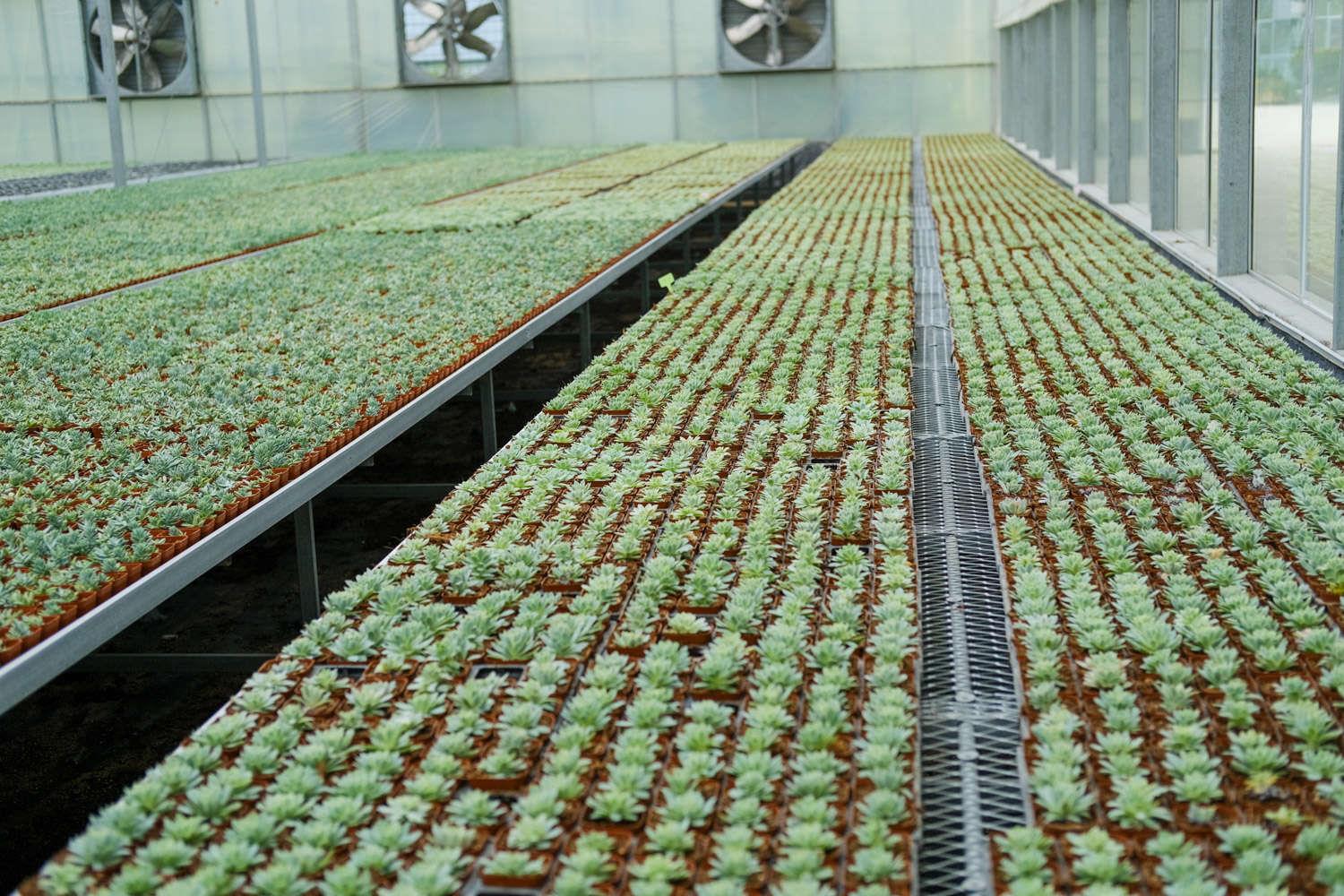
humus soil
culture soil
Peat
coarse sand
moss
Vermiculite
perlite
Soil recipe for succulents
Soil preparation demonstration
- END -
When do Yashan peonies bloom?

Yashan peonies bloom in April and can last until around May. The peak blooming sea...
How long does it take for the flytrap clip to open? What is the reason why it does not open?

Usually, after the Venus flytrap closes its clip, it is probably because it has ju...